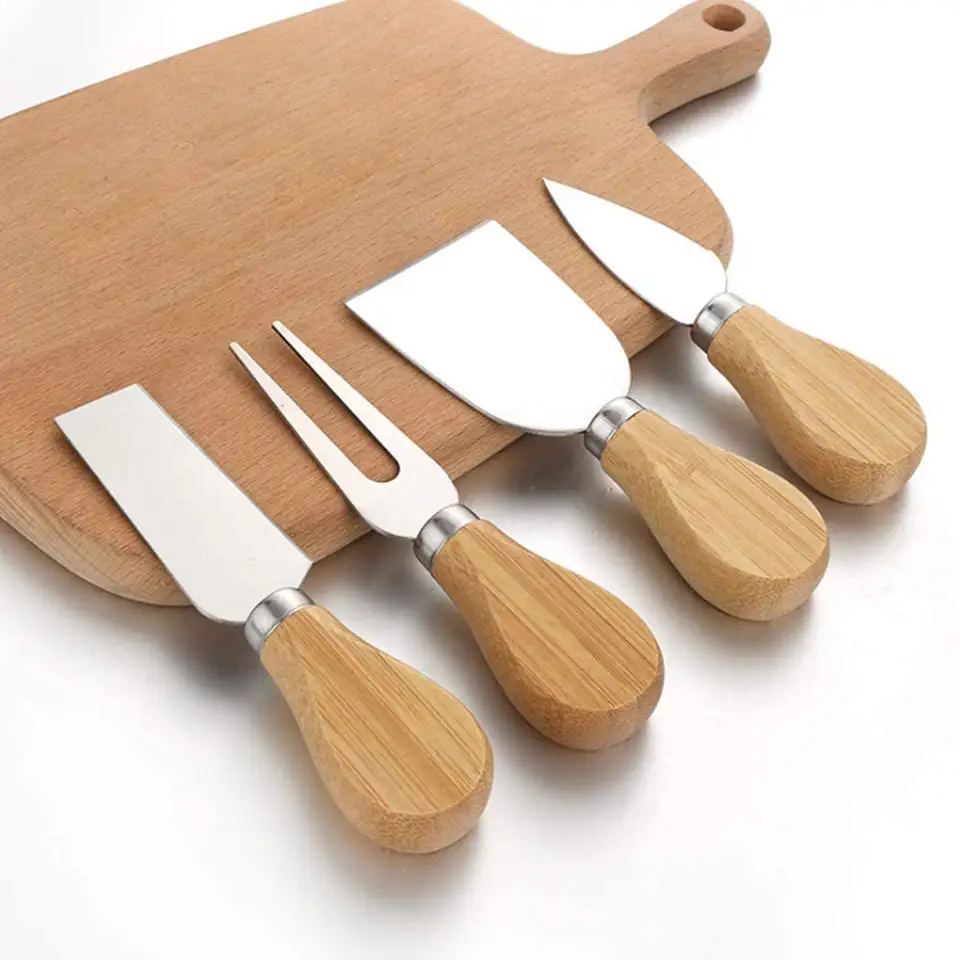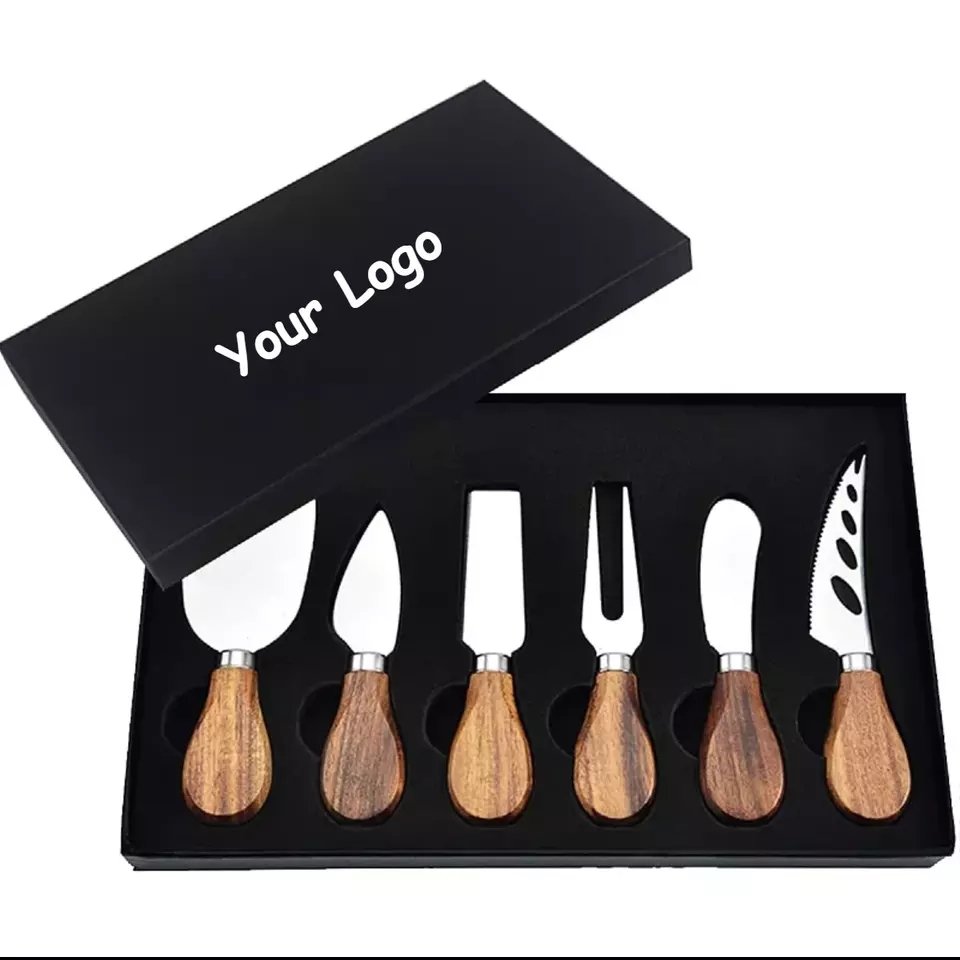Shipping fees eating into your profits? You’re not alone—logistics costs can silently kill your margins if you’re not careful.
To reduce logistics costs for your cutlery imports, you need strategic planning, the right partners, and a sharp understanding of hidden charges across the supply chain.
If you’re importing stainless steel cutlery in bulk, logistics is a battlefield. I’ve been in this game for over a decade, and the truth is—small mistakes lead to big losses. From packaging inefficiencies to poor incoterm choices, most importers pay more than they should. But with the right steps, you can save thousands per container. Let me walk you through the top six strategies that I’ve seen work time and again.
Table of Contents
How can smarter packaging save on logistics costs?
Cutlery looks small, but when badly packed, it bloats your freight bill.
Optimizing your packaging design can reduce volume and weight, cutting freight costs by up to 20% without changing your product.
Why Packaging Inefficiency Happens
Most suppliers focus on product quality and ignore packaging unless you ask. Cartons are often oversized, poorly filled, or mismatched to pallet sizes.
Impact on Freight
When you ship LCL (Less than Container Load) or even FCL (Full Container Load), every extra cubic meter matters. Inefficient packaging can lead to:
– Paying for air (literally!)
– Non-stackable cartons
– Container under-utilization
Solutions That Worked for Me
I once worked with a Turkish client whose original packaging wasted 12% of container space. We redesigned the box dimensions to fit perfectly within pallet footprints, standardized the weight distribution, and introduced vacuum-sealed sets for premium lines. We reduced carton count by 18%, leading to a logistics savings of over $4,300 per 40HQ.
Table: Packaging Optimization Gains
| Optimization Area | Before | After | Cost Impact |
|---|---|---|---|
| Carton Fill Ratio | 72% | 95% | ✅ $2,100 saved |
| Sets per Pallet | 800 | 980 | ✅ $1,200 saved |
| Total Cartons per Order | 1,500 | 1,230 | ✅ $1,000 saved |
| Handling Fees | High | Lower (fewer cartons) | ✅ $500 saved |
What is the best shipping term to save costs?
Choosing FOB over EXW might seem like a small thing—but it can save you big money.
FOB (Free on Board) puts export control in the supplier’s hands and gives you better freight negotiation power.
Why Terms Matter
Too often, buyers default to EXW because it sounds cheaper on the surface. But EXW means you pay for local transport, export clearance, and sometimes unnecessary middlemen.
What I Learned
Back in 2018, one of my UAE buyers insisted on EXW to “stay in control.” Turns out, their local agent was charging double the cost of export clearance. After switching to FOB, their total landed cost dropped by 9%. They never went back.
Term Comparison Breakdown
✈️ Shipping Terms Comparison for Cutlery Buyers
| Shipping Term | Export Clearance | Port Handling | Freight Control | Buyer’s Risk | Overall Cost |
|---|---|---|---|---|---|
| EXW (Ex Works) | ❌ Buyer pays & arranges | ❌ Buyer handles | 🚫 No control | 🔺 Very High | 💰💰💰💰 |
| FOB (Free on Board) | ✅ Seller arranges | ✅ Seller handles | ✅ Buyer controls freight | 🔸 Medium | 💰💰 |
| CIF (Cost, Insurance, Freight) | ✅ Seller arranges | ✅ Seller handles | 🚫 Limited control | 🔻 Low | 💰💰💰 |
Final Word
If you want to manage costs well, choose FOB. It gives you price clarity, lets you choose your freight partner, and avoids markup traps in origin country services.
How does consolidating shipments help?
More shipments = more fees. It’s that simple.
Consolidating cutlery orders into fewer, fuller containers reduces per-unit freight and handling costs.
What Happens When You Ship Frequently
Every shipment involves base charges:
– Bill of Lading fees
– Documentation fees
– Terminal handling charges
– Local delivery
These repeat costs add up fast, especially for LCL.
My Practice
I encouraged one of our European clients to shift from monthly 10CBM orders to bi-monthly 20CBM loads. That change alone saved them 24% annually in logistics charges. We grouped stock, added buffer inventory, and used bonded warehousing to minimize customs delays.
Shipment Consolidation Benefit Table
📦 Shipment Strategy Optimization – Real Cutlery Case
| Metric | Monthly Shipment | Bi-monthly Consolidation | Improvement |
|---|---|---|---|
| Shipments/Year | 12 | 6 | 🔻 -50% |
| Avg Cost/Shipment | $1,200 | $1,400 | 🔺 +$200 |
| Total Freight Cost | $14,400 | $8,400 | 💰 -$6,000 |
| Per Unit Freight | $0.72 | $0.42 | 🔻 -41% |
Insider Tip
Use a consolidation agent in China to help group products from multiple factories. It saves on trucking fees and ensures one customs declaration.
How can warehouse selection impact cost?
Poor warehouse choices don’t just slow things down—they silently drain your money.
Choosing the right warehouse based on location, type, and service level can lower your storage and transport costs by up to 30%.
Why It Matters
Many importers only think about warehousing after the goods arrive. But the location and efficiency of your warehouse can influence final delivery costs, lead times, and even damage rates.
Common Pitfalls
I’ve seen clients choose low-cost rural warehouses, thinking they’re saving money—until they get slapped with high last-mile delivery fees or delays. A poorly located warehouse may:
– Increase drayage (transport from port to warehouse)
– Add extra handling layers
– Delay shipping to end customers
A Personal Example
One of my French customers moved from a port-side warehouse in Le Havre to an inland facility near their main retail center. Despite slightly higher storage fees, they saved on delivery costs and cut lead times by 2 days. Their returns also dropped by 15% due to better handling.
Table: Warehouse Selection Impacts
🏬 Choosing the Right Fulfillment Warehouse: A Cost-Smart Guide
| Criteria | Poor Choice | Smart Choice | Savings Outcome |
|---|---|---|---|
| Location | Far from port and customers | Close to end destination | 💰 -$1,800/month |
| Facility Type | Shared, outdated infrastructure | Automated, temp-controlled | 📦 -$900 in returns |
| Inventory Visibility | Manual reports | Real-time tracking | 📊 -$600 in admin cost |
| Labor Efficiency | Unskilled, slow | Trained, KPI-based | 🧑🏭 -$1,200/month |
Are you overpaying for customs clearance?
Customs is not just paperwork—it’s a profit leak if mismanaged.
If your broker overcharges or misclassifies your goods, you could be paying 20–40% more in duties and fees.
Hidden Charges Explained
Customs brokers might add service fees, documentation surcharges, or delay penalties—without explaining them clearly. Misclassified HS codes may trigger:
– Higher duty rates
– Delays due to red flags
– Re-inspection fees
Real Experience
A Turkish partner once paid 12% import duty on stainless steel cutlery due to HS code misclassification. When we reviewed the correct product category, the duty dropped to 7%. We saved them over $6,000 that year.
How to Audit Your Clearance Costs
📦 Hidden Costs in Customs? Fix Them Before They Drain You
| Element | Typical Issue | Smart Fix | Cost Benefit |
|---|---|---|---|
| HS Code | Misclassified | Cross-check with suppliers/customs | 💸 -$2,000/year |
| Broker Fees | Inflated | Get 2–3 competitive quotes | 🔍 -$500/shipment |
| Documentation | Manual errors | Use digital templates, auto-fill forms | 📝 -$1,000/year |
| Duties & Tariffs | Wrong country of origin declared | Secure valid certificates of origin (CO) | 🧾 -$800/order |
How can freight insurance save you money?
Shipping uninsured is like walking a tightrope without a net.
Freight insurance prevents losses from damaged or lost shipments and reduces disputes with freight partners.
The False Economy of No Insurance
Some importers skip insurance to save $50–$200 per shipment. But a single damaged shipment can destroy months of margin or worse, customer trust.
My Case Story
One of our U.S. clients lost a $28,000 cutlery order due to water damage in the port warehouse. They had no insurance. The freight forwarder only paid a small compensation (based on weight, not value). Since then, they never ship uninsured.
Risk vs. Cost Breakdown
🚢 Shipping Insurance: Worth It? Here’s the Math
| Factor | No Insurance | With Insurance | Risk Outcome |
|---|---|---|---|
| Product Loss | 100% out-of-pocket | Covered by policy | 💰 +$25,000 protected |
| Damage Claims | Difficult to win | Simplified claim process | 🔧 Faster recovery |
| Transit Delay | No recourse | Some policies offer coverage | 🤝 Boosts client trust |
| Per Shipment Cost | $0 | ~$100 | 🎯 Smart tradeoff |
How can logistics costs be reduced?
The trick isn’t just spending less—it’s spending smarter.
By optimizing every logistics step, from origin to delivery, you can cut 15–35% from total costs.
Break Down the Entire Chain
Cost isn’t just in freight—it’s hidden in:
– Idle warehouse time
– Re-delivery fees
– Peak season surcharges
– Unused container space
How I Helped One Client
A Canadian partner asked me to cut their logistics budget by 10%. We reviewed their end-to-end flow:
– Switched to 40HQ containers
– Added consolidation
– Renegotiated freight
– Introduced software to track inventory flow
They saved 23% in Q3 alone.
End-to-End Optimization Map
💸 Hidden Logistics Drains — and How to Fix Them
| Area | Problem | Solution | Savings |
|---|---|---|---|
| Ocean Freight | Fixed contract too high | Market-based spot rates | 💵 -$3,000/order |
| Warehouse Time | Long idle time | Pre-arrival planning | 🕒 -$1,200/month |
| Delivery Costs | Poor routing | Route optimization tech | 🚚 -$800/month |
| Supply Chain Visibility | Manual tracking | Real-time system | 📦 -$500/month |
How to minimize transport cost?
It’s not always about picking the cheapest quote.
You minimize transport costs by choosing the right mode, timing, and route—not just the lowest number.
Understanding Transport Modes
Every transport method has trade-offs:
– Air = fast but expensive
– Sea = cheap but slow
– Rail = balanced option for some regions
Timing is Everything
Peak seasons like October (Golden Week) or late December can spike rates by 40%. Smart importers plan around these.
My Story
We had a Brazilian customer switch from sea to rail for inland China-to-Europe routes. Transit dropped from 45 to 18 days and cost stayed stable. Their inventory turnover improved by 1.5x.
Table: Transport Optimization Guide
🚛 Shipping Smarter, Not Harder — How to Avoid Costly Mistakes in Freight
| Factor | Mistake | Smarter Choice | Impact |
|---|---|---|---|
| Mode | Always air | Sea + rail combo | 💰 -$2,500/shipment |
| Route | Long detours | Direct line + feeder ports | 🗺️ -$1,200/order |
| Timing | Peak period bookings | Off-season contracts | 📉 -15% cost |
| Load Type | LCL every time | Consolidate for FCL | 📦 -$800/shipment |
What is cost effectiveness in logistics?
Spending less doesn’t always mean spending well.
Cost effectiveness means balancing quality, speed, and price to meet business goals—not just chasing cheap logistics.
What’s the True Goal?
A logistics solution must:
– Protect your products
– Meet your lead times
– Fit your budget
Too cheap, and you sacrifice reliability. Too fast, and you burn profits.
A Framework I Use
I ask every client to define what matters most:
– Lead time?
– Budget?
– Flexibility?
Then we choose logistics setups accordingly.
Real Client Scenario
A UK client shifted from express to DDP sea freight. Delivery went from 5 days to 20, but they saved 60% in freight and increased average profit per set. Because their buyers didn’t mind waiting, this was a win.
Smart Decision Matrix
🎯 Logistics Trade-Offs: How to Balance Speed, Cost & Control
| Priority | Common Choice | Cost-Effective Choice | Outcome |
|---|---|---|---|
| Speed | Air | Rail + Fast Customs | 🚚 Balanced delivery |
| Budget | Cheap courier | DDP sea freight | 💵 Higher margin |
| Flexibility | Fixed freight provider | 2–3 vendors, price locked | 🔄 Agile + lower cost |
| Visibility | Basic tracking | Integrated TMS (e.g. CargoWise) | 👀 Proactive problem fix |
Reducing logistics costs isn’t luck—it’s about smarter planning, better packaging, and working with the right partners.





